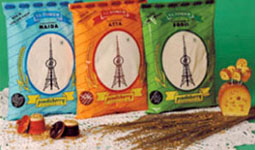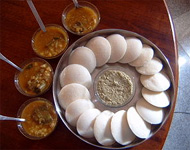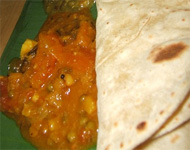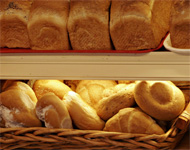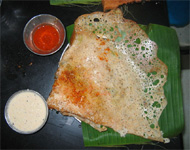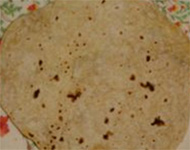The retail market of Pondicherry Agro Foods is extensively covered under the "T.V. Tower" brand which has been a well established name in households across the region.
The Flour Division also supplies in bulk quantities to many multinational companies in the region.
- German Production Technology
- 3 Stage Cleaning Process for wheat
- 100% removal of Impurities
- Automatic Production Line
- Flexible & Flawless Packaging Line
The process of wheat products consists of four stages.
- Storage and Pre cleaning.
- Main Cleaning and conditioning of wheat.
- Milling of wheat for different products.
- Packing and Forwading.
Product Line
- Wheat Flour (Maida & Atta)
- Semolina (Cream of Wheat or Rava)
- Bran
PRODUCTS AVAILABLE IN THE FOLLOWING READYMADE PACKS
| Products | in Kilograms | |||||
|---|---|---|---|---|---|---|
| Maida | 90 | 50 | 10 | 5 | 1 | ½ |
| Sooji | 90 | 50 | 10 | 5 | 1 | ½ |
| Atta | 90 | 50 | 10 | 5 | 1 | ½ |
Maida flour is super refined wheat flour used to make a wide variety of food items like puri, chappathi, parotta, etc. Maida is sometimes referred to as "All purpose flour." In India, maida is used to make pastries and other bakery items like bread, biscuit, toast etc
Atta is a form of wheat flour commonly used in South Asian cooking. It is a whole wheat flour made from hard wheat. Hard wheats have a high protein content, so doughs made out of atta flour are strong and can be rolled out very thin. Breads made from atta flour include chapati, roti and puri.
It is obtained when the complete wheat grains are ground to get flour from which nothing is removed. It is creamy / brown in colour and relatively coarser as compared to flour. Since there are no removals from atta all the constituents of the wheat grain are preserved.
Traditionally, atta is made by stone grinding process, a process which imparts a characteristic aroma and taste to the bread. High Bran content of Atta makes it a fiber rich food. The high temperatures of friction reached in a "chakki" (stone grinder) are of the order of 110-125 deg C. At such high temperatures the carotenes present in the bran tend to give out the characteristic roasty smell of atta and contribute to the sweetness of the atta.
